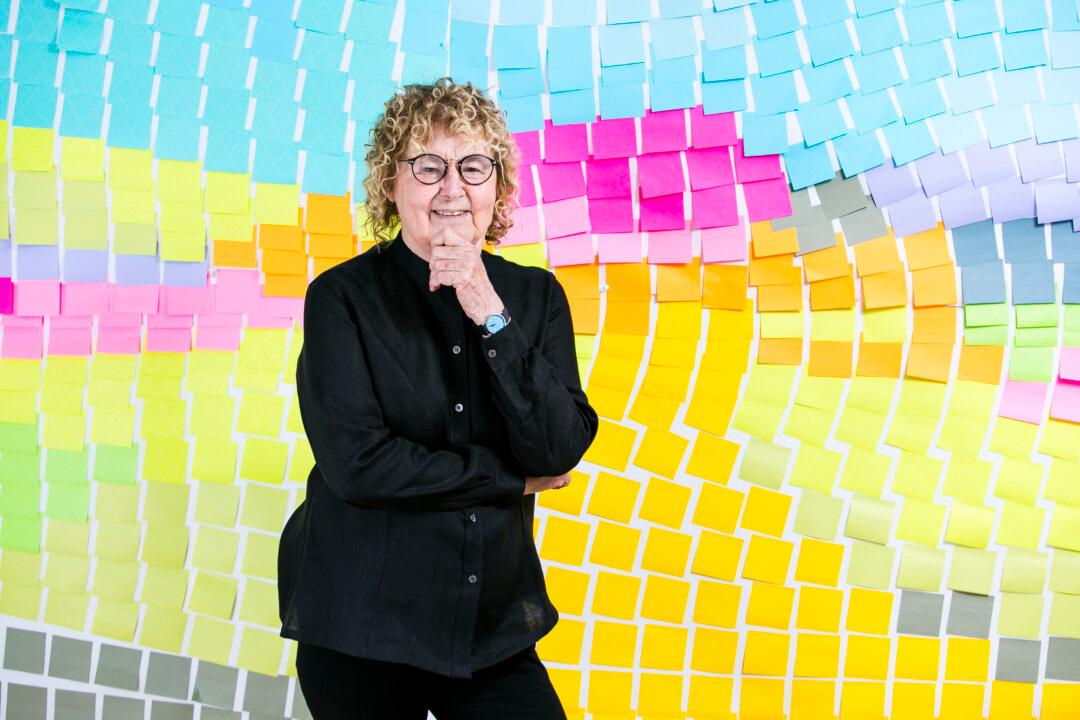NEW YORK—When Diana Balmori looks at the city’s rooftops from a high vantage point she sees enormous latent potential. She sees surfaces that invite a very rational solution for making cities more livable, sustainable, and pleasant.
“We need to create a different balance between the inert surfaces and the living surfaces,” Balmori said over coffee at her firm, Balmori Associates, in New York City’s SoHo neighborhood. By inert surfaces she means all that concrete and tar.
An internationally renowned landscape and urban designer, Balmori was one of the first designers and proponents of green roofs. She founded Balmori Associates in 1990 with the aim of designing sustainable infrastructures that have a low impact on the environment and that are regenerative—infrastructures that work with nature. She also teaches at the Yale School of Architecture and the Yale School of Forestry & Environmental Studies.





